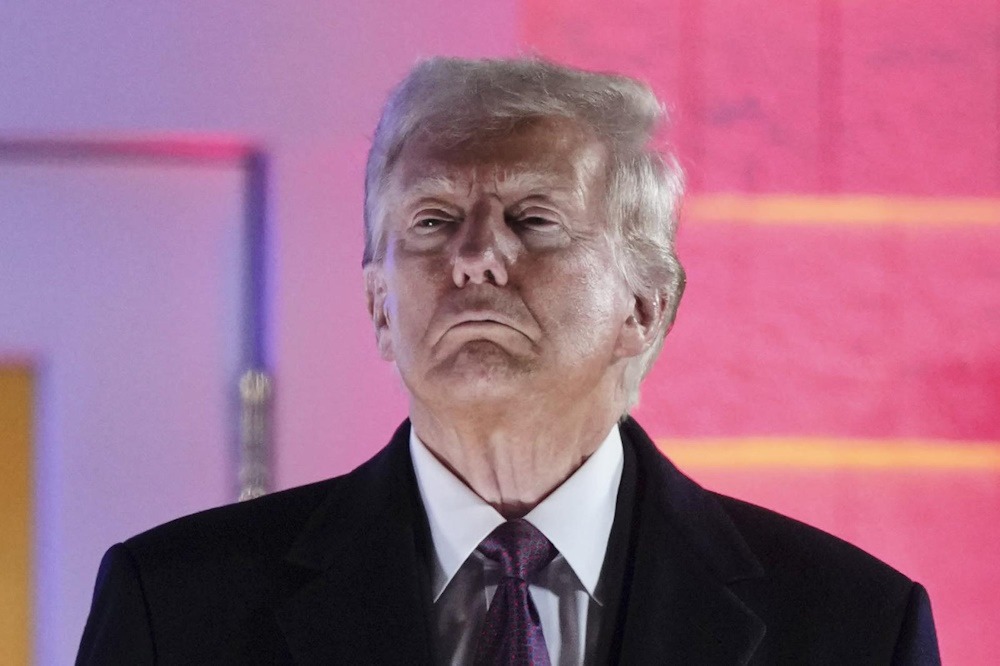United States President Donald Trump has confirmed that Argentina will maintain a 10% tariff as outlined in a new executive order issued on Thursday. The decree, which instituted alterations in the reciprocal tariff policy for select nations, did not alter the minimum rate that Argentina faced when the policy was implemented in April.
The announcement coincided with the International Monetary Fund (IMF) board’s approval of the initial review of the agreement established with Argentina in April, facilitating a disbursement of US$2 billion. The Argentine government initiated discussions with the United States following the onset of the tariff policy, positioning itself as one of the earliest nations to pursue negotiations with the Trump administration in an effort to eliminate the levies.
“We’re doing well,” a senior source involved in the negotiations conveyed, in advance of the specified deadline for Trump’s new executive order. “Good news is coming,” Milei himself predicted last Saturday, in what many consider a sign that Argentina will eventually reach a successful conclusion in trade talks with the US, unlike what has happened with the other major economy in the region, Brazil, which on Wednesday suffered a 50% tariff on a long list of goods it exports.
In early July, Trump issued a letter threatening Brazil with tariffs. In the communication, he indicated that he was instituting the levies partly due to the Brazilian judiciary’s prosecution of former President Jair Bolsonaro and its legal measures against social media platforms. While the U.S. leader has dispatched numerous letters to various countries recently, threatening tariffs, he has not generally associated these threats with a nation’s judicial matters.
The pronounced political bias inherent in the measure imposed by Trump on Brazilian imports may also be viewed as a strategic avenue to facilitate a tariff agreement with Argentina. The Republican leader’s rapport with President Lula da Silva stands in stark contrast to his engagement with Milei.

